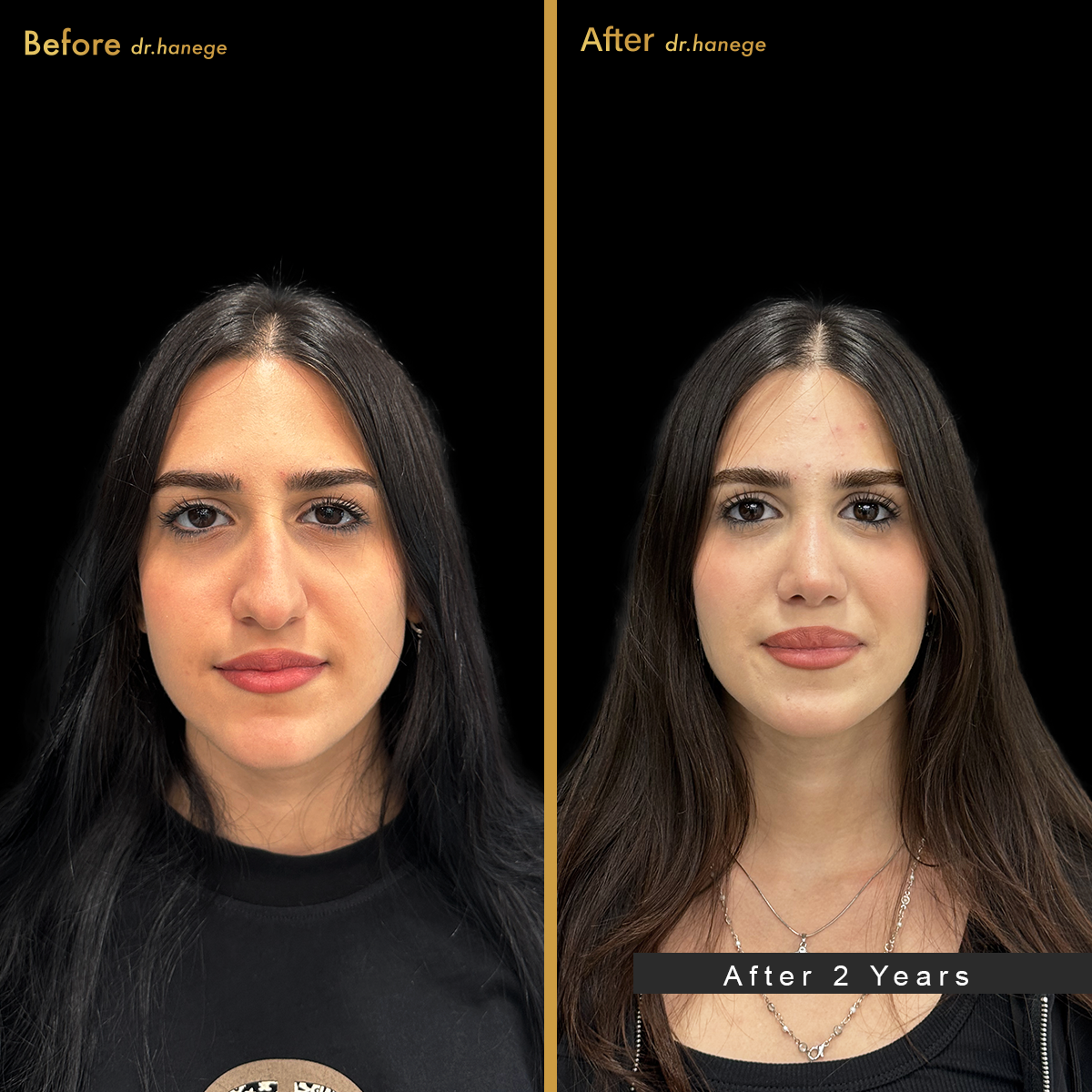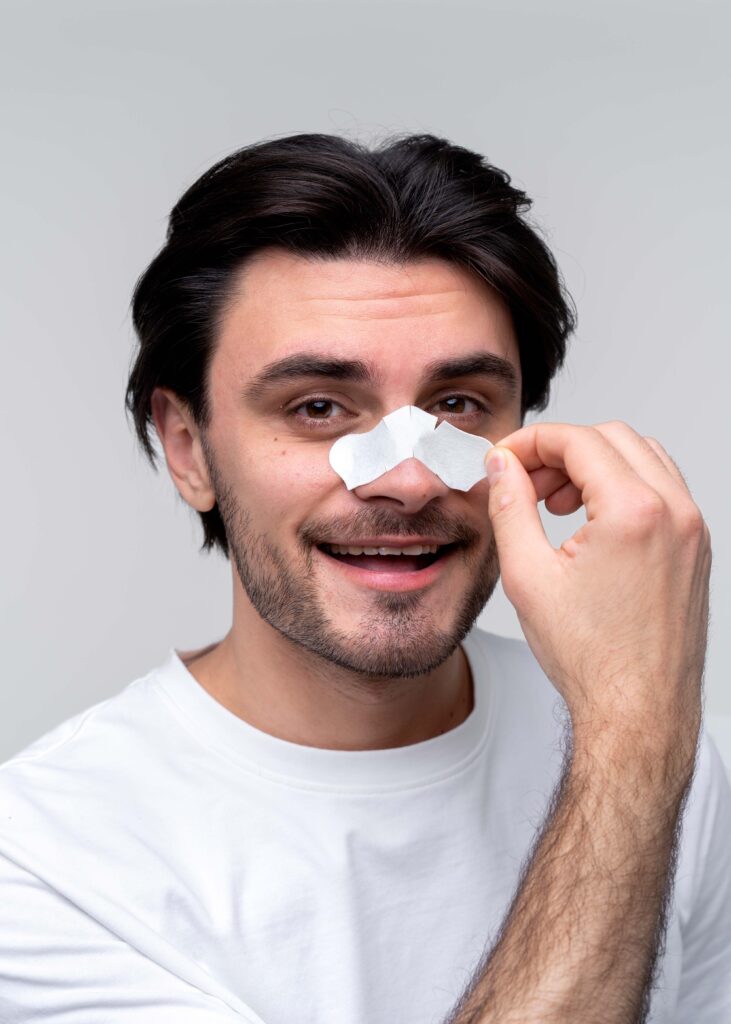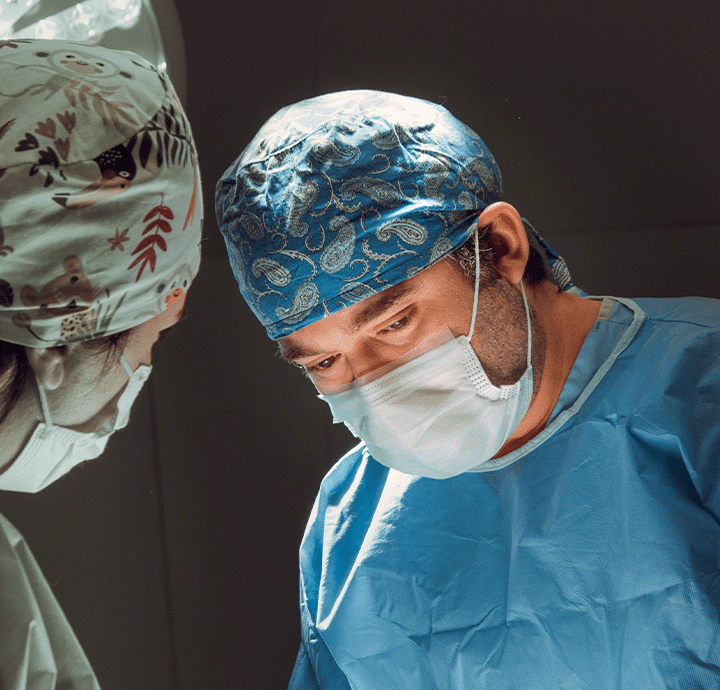
Recovering from nasal surgery is a delicate process that requires attention, discipline, and the right protective measures. One of the most overlooked yet essential tools for post-operative care is the nose cover after surgery. Whether you undergo rhinoplasty, septoplasty, or another nasal procedure, protecting the newly operated area is critical for long-term success.
This guide covers the 7 most important facts about nose covers, explaining why they are necessary, how they work, and the benefits they provide during recovery.
What Is a Nose Cover After Surgery?
A nose cover after surgery is a medical accessory designed to shield the nose following procedures such as rhinoplasty, sinus surgery, or trauma correction. It can be an external splint, a soft shield, or a specialized nose protector used to reduce swelling and protect fragile nasal tissues.
In the first few weeks, your nose is vulnerable to even the slightest pressure. A protective post-surgery nose cover ensures the nasal framework heals correctly and maintains the results achieved during surgery.
Why Is a Nose Cover Necessary After Rhinoplasty?
Healing after rhinoplasty or any nasal operation involves a sensitive balance between protection and natural recovery. A nose cover after rhinoplasty provides numerous benefits, including:
- Protection Against Impact – Shields the nose from accidental bumps or pressure.
- Stabilization – Helps maintain the new nasal shape during healing.
- Sun Protection – Prevents harmful UV rays from damaging the sensitive skin.
- Hygiene – Reduces exposure to dust, bacteria, and pollutants.
- Patient Comfort – Provides peace of mind and reduces anxiety about injury.
Without proper protection, patients risk swelling, asymmetry, or compromised surgical results.

1. Types of Nose Covers After Surgery
Not all nose protectors after surgery are the same. Depending on the stage of recovery, your surgeon may recommend different types:
- External Splints – Firm, stabilizing splints placed immediately after surgery to keep the structure intact.
- Soft Nose Shields – Comfortable silicone or foam covers for daily protection.
- UV-Protective Nose Covers – Special materials that block harmful sun rays.
- Sports Nose Covers – Rigid, lightweight covers designed for athletes or active patients.
Each serves a unique role in the recovery process.
2. How Long Should You Wear a Nose Cover After Surgery?
The timeline varies based on the procedure and the individual’s healing rate:
- First 7–10 days – A rigid splint is typically worn continuously.
- 2–4 weeks – Soft protective covers may be recommended.
- Up to 8 weeks – Patients returning to sports or high activity should use sports nose protectors.
Always follow your surgeon’s advice, as recovery is highly individual.
3. Benefits of Wearing a Nose Cover After Surgery
Using a nose cover after rhinoplasty or other nasal surgery ensures:
- Reduced swelling and bruising
- Lower risk of infection
- Better overall surgical outcomes
- Protection during sleep or daily activity
- Improved patient confidence
This simple tool can make a big difference in the healing process.
4. Daily Care for Nose Covers
Proper hygiene and maintenance are crucial:
- Clean removable covers with mild soap and water.
- Avoid high heat or direct sunlight that may deform the material.
- Replace worn or damaged covers immediately.
- Store them in a dry, clean environment when not in use.
5. Tips for a Smooth Recovery with Nose Covers
To maximize results:
- Sleep with your head elevated to reduce swelling.
- Avoid strenuous exercise for 4–6 weeks.
- Wear loose clothing that doesn’t pull over your head.
- Use a wide-brimmed hat for extra sun protection.
- Never skip follow-up visits with your surgeon.
6. Common Questions About Nose Covers After Surgery
Does a nose cover hurt?
No, a properly fitted cover is comfortable and supportive.
Can I remove it to wash my face?
In the first week, keep it on unless instructed otherwise. Later, short removals for hygiene may be allowed.
Do I need one for sports?
Yes. If you are active, a sports nose protector after surgery is essential to avoid accidents.
7. The Role of Nose Covers in Long-Term Results
The weeks following surgery are critical. Protecting the nose with a cover after rhinoplasty helps ensure long-lasting results. Without proper protection, minor injuries or sun damage can compromise the outcome.
Investing in the right nose protector after surgery means protecting both your health and your aesthetic results.
Conclusion
Wearing a nose cover after surgery is not just a recommendation—it is an essential step in post-operative care. From stabilizing the nasal structure to protecting against external factors, a nose cover significantly improves healing outcomes.
By following your surgeon’s instructions, maintaining hygiene, and using the correct type of protector, you can ensure both a smooth recovery and lasting results.
If you are preparing for rhinoplasty or any nasal surgery, make sure to discuss with your doctor the best nose cover after surgery options for your specific case.

